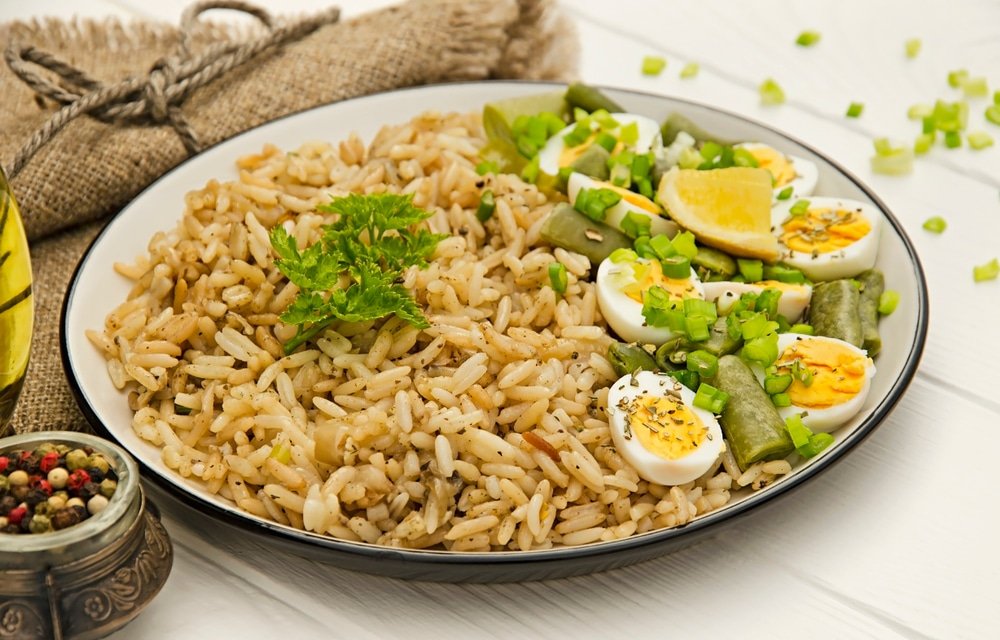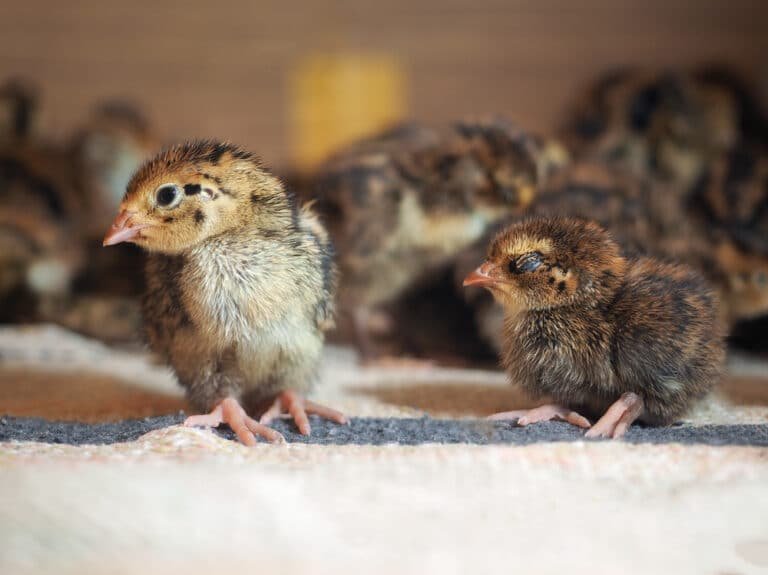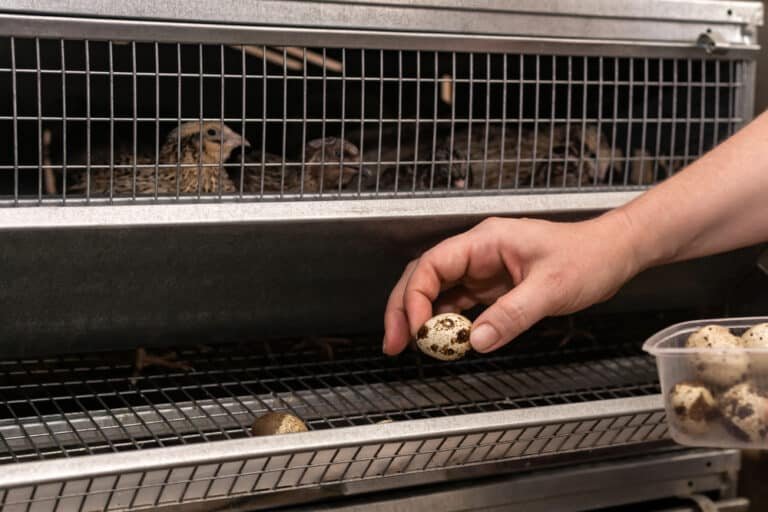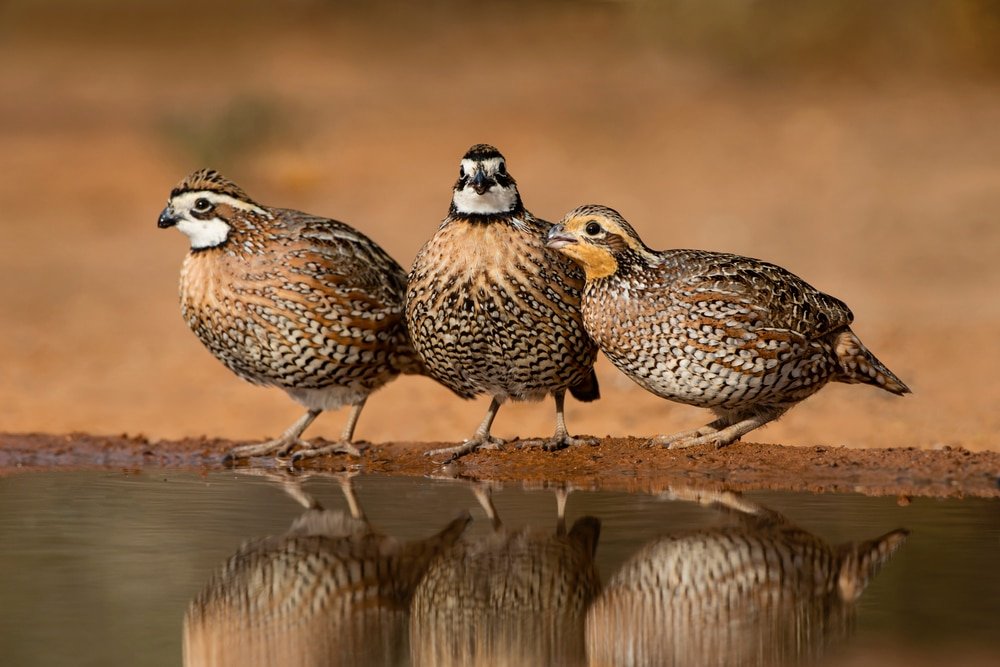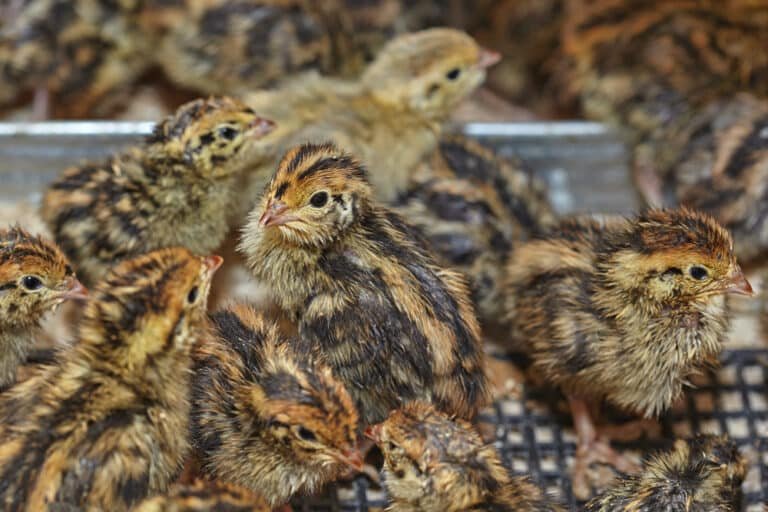Examining Quail and Condor Life Cycles – Your Ultimate Guide
Birds have long captivated the human imagination with their grace, beauty, and diverse adaptations. Among these avian wonders, two species stand out – the quail and condor.
While seemingly different in size, habitat, and behavior, these birds are significant in their respective ecosystems. The quail, small but enchanting game birds found across various continents, bring joy to birdwatchers and hunters alike with their charming appearance.
On the other hand, the condor – a majestic king of the skies – commands attention with its impressive wingspan and soaring flight capabilities. Despite their differences, quail and condors play crucial roles within their ecosystems.
The Importance of Quail in Their Respective Ecosystems
Quail are not just delightful to observe; they also serve an essential ecological purpose. As seed eaters primarily inhabit grasslands and agricultural areas worldwide, quail contributes to seed dispersal.
By consuming seeds from various plant species as part of their diet, quail inadvertently aids in plant propagation by depositing seeds in new locations through their droppings. Moreover, as ground-dwelling birds that forage on insects such as beetles and grasshoppers during breeding seasons or foraging activities outside nesting periods, quail naturally controls insect populations that could otherwise ravage crops or disrupt ecological balance. In addition to their role as seed dispersers and insect controllers within ecosystems they inhabit,
quail are also highly prized by hunters for sport shooting or sustenance purposes. The delicate balance between preserving quail populations for ecological stability while allowing sustainable hunting has prompted conservation efforts worldwide.
The Significance of Condors in Their Respective Ecosystems
Condors, unlike quail, occupy a different niche in the avian world by being scavengers and playing a vital role in nutrient recycling. The Andean condor of South America and the California condor found in North America are known for their impressive wingspans and ability to soar effortlessly through the skies. These magnificent creatures have adapted to thrive on carrion, feeding on carcasses of large animals.
By consuming decaying flesh that would otherwise become breeding grounds for pathogens, condors help prevent the spread of diseases within their ecosystems. Furthermore, as scavengers with powerful beaks that tear into tough hides and sinew, condors efficiently consume meat that would otherwise be inaccessible to smaller scavengers or decomposers.
In this way, they play a critical role in maintaining ecological balance by reducing waste and accelerating nutrient cycling. However, both quail and condors face various challenges that impact their populations.
Habitat loss due to deforestation, hunting pressures, poisoning from pesticides or lead ammunition ingestion (in the case of condors), and climate change effects all pose significant threats. As stewards of these ecosystems shared with these remarkable birds, we must recognize their importance and work towards their conservation.
Quail: The Charming Game Birds
Taxonomy and Classification of Quail Species
Quail, fascinating members of the bird family Phasianidae, are beloved for their endearing charm and importance in the ecosystem. Classified under the order Galliformes, quail are further divided into various species with unique characteristics. One such species is the Common quail, known for its migratory behavior across Europe and Asia.
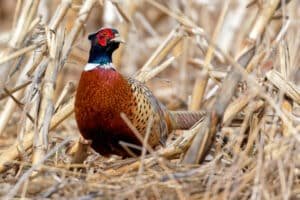
Another captivating species is the California quail, native to western parts of North America, with its striking plumage and melodious call that echoes through scrublands. We have the Bobwhite quail, a small ground-dwelling bird endemic to North America, cherished for its delightful whistling song.
Physical Characteristics of Quail
Quail possess an array of physical attributes that contribute to their charm and adaptability in diverse environments. One distinguishing feature lies in their plumage variations and patterns, which not only serve as camouflage but also add to their aesthetic appeal.
From mottled browns and grays in Common quail to vibrant chestnut-colored plumage accented by a dark face mask in California quail, each species exhibits a distinct beauty. Additionally, their beak structure plays a vital role in capturing food as they primarily feed on seeds, insects, and vegetation; hence they possess short beaks well-suited for this purpose.
Habitat Preferences and Distribution of Different Quail Species
Quail exhibit varied habitat preferences based on specific ecological requirements. The Common quail thrives across vast regions spanning Europe through Asia during breeding seasons but migrates south during winter months. In contrast, California quail favor arid regions with dense vegetation such as chaparrals, foothills, and open woodlands across their native range in western North America.
Bobwhite quail, on the other hand, prefer grasslands, shrubby areas, and agricultural fields throughout North America. Understanding these unique habitat preferences aids in conservation efforts and ensures suitable conditions for their survival.
Behavior and Social Dynamics within Quail Communities
Quail exhibit fascinating behavior patterns and possess a complex social structure within their communities. Mating rituals and courtship displays play an integral role in establishing pair bonds. Male quail often engage in elaborate dances while emitting distinctive calls to attract females.
Once paired, they construct nests on the ground lined with vegetation to safeguard their precious eggs. Quail parents are highly dedicated to egg incubation and rearing of hatchlings.
Females take responsibility for incubating the eggs while males fiercely guard the nest perimeter from potential threats. After hatching, both parents actively participate in nurturing their chicks until they develop the necessary skills to survive independently.
Quail truly exemplify charm and grace through their taxonomy, physical characteristics, habitat preferences, and intricate behaviors within their communities. As we delve deeper into understanding these captivating birds, we unravel a world teeming with enchantment amidst nature’s tapestry of avian diversity.
Condor: The Majestic Kings of the Skies
Taxonomy and Classification of Condors
The remarkable condor, a symbol of power and grace, belongs to the family Cathartidae, which includes New World vultures. Within this family, there are two species of condors that command our attention: the Andean condor (Vultur gryphus) and the California condor (Gymnogyps californianus). Despite their shared charisma, these birds have distinct geographical distributions and subtle variations in their physical features.
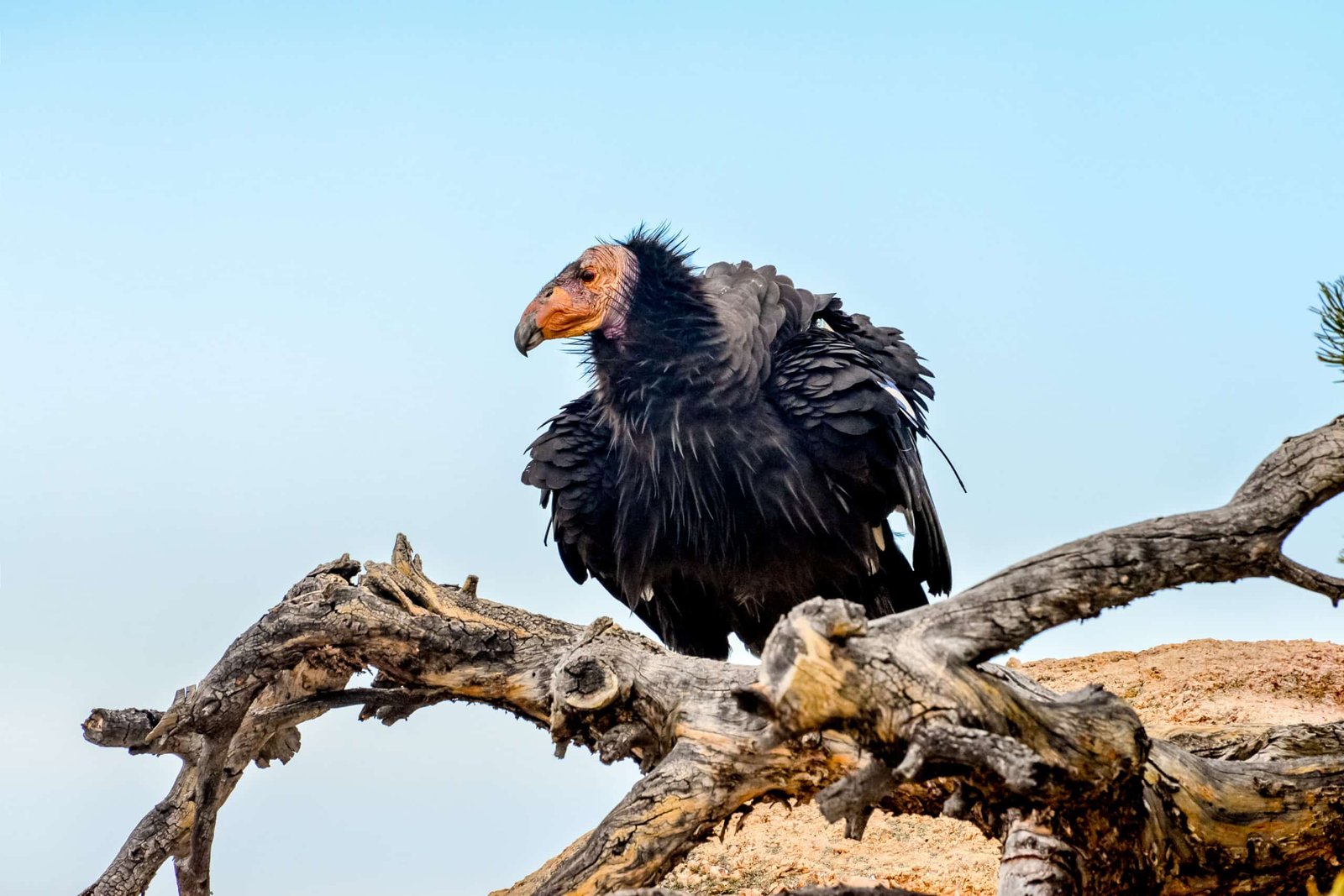
Andean Condor
The Andean condor is an extraordinary bird found in the high altitude regions of South America. With a wingspan that can reach up to an impressive ten feet, they hold the distinction of being one of the largest flying birds in existence. Their expansive wings allow them to soar effortlessly through mountainous terrain with unmatched grace and efficiency.
These magnificent creatures possess a featherless head—a unique adaptation that helps minimize bacterial growth when feeding on carrion. Their dark plumage intermingled with white feathers creates an awe-inspiring contrast, reflecting their dominance in the skies.
California Condor
The California condor is another majestic member of this avian duo, found predominantly in western regions of North America. Though slightly smaller than its Andean counterpart, boasting a still-impressive wingspan of up to nine feet, these birds are equally captivating. Their ability to effortlessly glide across vast distances showcases their mastery over flight.
Like their Andean relatives, California condors also possess a featherless head—an adaptation well-suited for scavenging on carrion without risking contamination from bacteria. Adorned predominantly with black feathers that exude a regal aura, the California condor embodies magnificence in its darkest form.
Physical Characteristics that Set Condors Apart from Other Birds
Condors possess several distinctive physical traits that set them apart from their avian counterparts. Their massive wingspans grant them unparalleled aerial prowess, enabling them to cover vast distances with minimal effort. This adaptation allows them to conserve energy while soaring through the skies, utilizing rising air currents to remain aloft for hours on end.
Additionally, their featherless heads serve a practical purpose—by reducing bacterial growth when feeding on carrion, they can maintain optimal health and prevent potential infections. Condors’ striking dark plumage, often dominated by black feathers, adds an air of mystique and grandeur to their presence in the natural world.
Conclusion
In a world filled with extraordinary creatures and captivating wildlife, quail and condors stand out as remarkable representatives of avian diversity. The quail’s charm lies in its game bird nature and intricate social dynamics within its communities.
On the other hand, condors reign as kings of the skies with their majestic wingspans, featherless heads for scavenging purposes without bacterial concerns, and distinctive black plumage. These remarkable birds remind us of nature’s capacity for awe-inspiring adaptations and provide hope for conservation efforts aimed at safeguarding their habitats and ensuring their survival.

